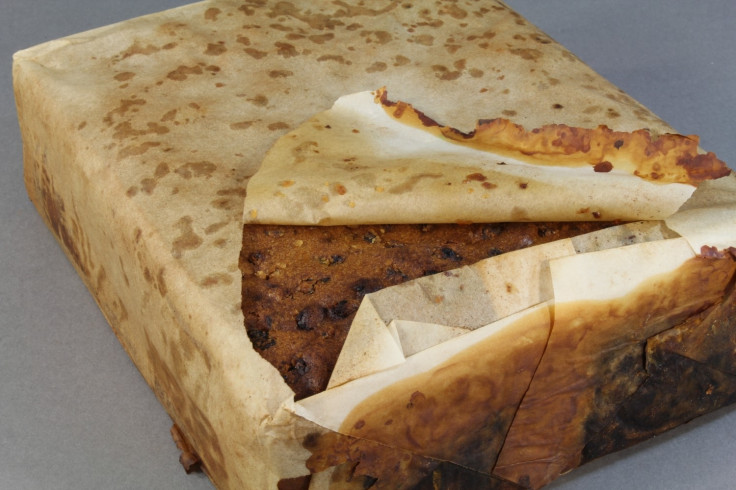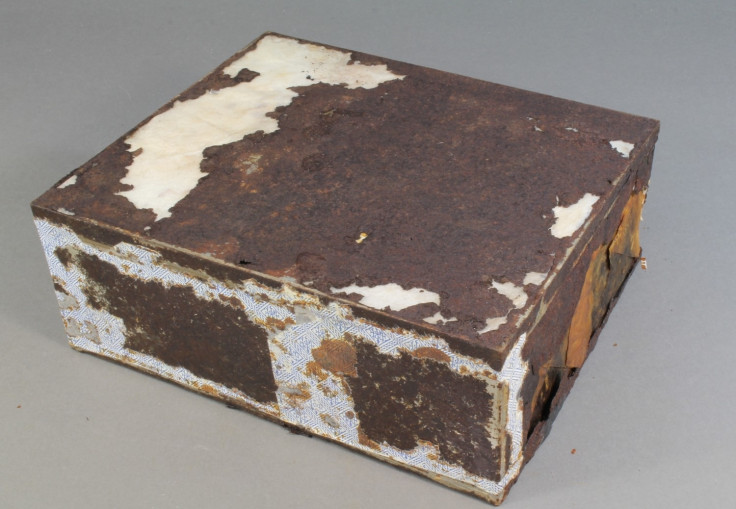100-year-old fruitcake discovered in Antarctica was 'almost edible'
It is believed British explorer Robert Falcon Scott brought the cake to Antarctica between 1910 and 1913 during his Terra Nova expedition.

This over 100-year-old fruitcake recently discovered by a group of conservators from Antarctic Heritage Trust has withstood the test of time.
The dessert found preserved in the coldest place on Earth for more than a century is "almost edible", according to the conservators.
It was found neatly wrapped in a parchment paper on a cake tin in Antarctica's oldest building — a hut on Cape Adare. "Although the tin was in poor condition, the cake itself looked and smelt (almost) edible," the trust stated in a news release on Thursday (10 August).
The release further stated that it is believed the cake was brought to Antarctica during British explorer Robert Falcon Scott's Terra Nova expedition between 1910 and 1913. The cake was reportedly baked by the British biscuit company Huntley & Palmers.
"With just two weeks to go on the conservation of the Cape Adare artefacts, finding such a perfectly preserved fruitcake in amongst the last handful of unidentified and severely corroded tins was quite a surprise," programme manager-artefacts Lizzie Meek said.
"It's an ideal high-energy food for Antarctic conditions, and is still a favourite item on modern trips to the Ice."
The huts on Cape Adare were built by Norwegian explorer Carsten Borchgrevink in 1899. They were later used by Captain Scott's party in 1911 during their Terra Nova expedition.
"The buildings were the first in Antarctica and are the only examples left of humanity's first building on any continent," the trust noted.
The conservators have reportedly been working since May 2016 in the Canterbury Museum lab on the conservation of the 1,500 artefacts collected from Cape Adare. They finished their work in July this year.
The artefacts will be returned to the excavation site after the huts and other establishments are conserved.
Cape Adare is the north-easternmost peninsula in Victoria Land, East Antarctica. It was discovered by British naval officer and explorer Captain James Ross in January 1841. He named it after a friend.

© Copyright IBTimes 2025. All rights reserved.





















